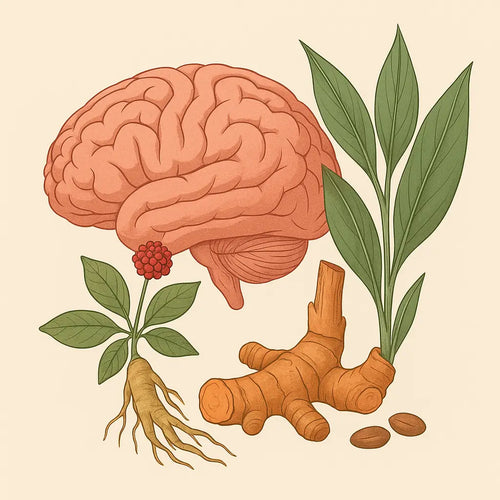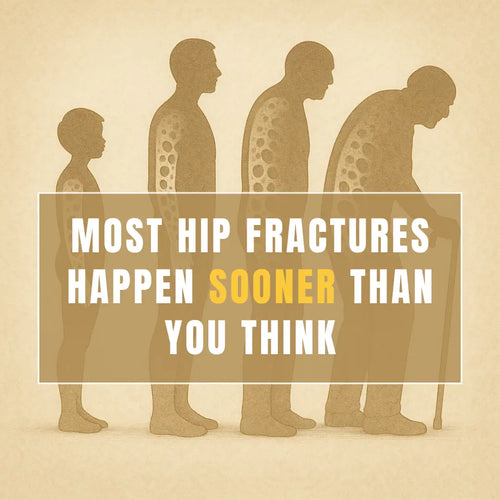
The study reviewed here included 118,899 postmenopausal women (Peters T.M, et al). Physical activity as light and moderate-to-vigorous intensity was assessed during four periods of life as it related to breast cancer risk. The periods were ages between 15-18, 19-29, 35-39 and the most recent past 10 years. The follow up time was 6.6 years and 4,287 incident breast cancers were identified during that period.
The outcome showed that moderate-to-vigorous activity during the past 10 years was associated with 16% reduced risk of postmenopausal breast cancer compared with inactivity.
The activity level was more than 7 hours per week.
If you did not exercise when you were young, it is not too late to start even if you are older now. If you were physically active when you were young, it is still not going to give you protection now unless you keep your activity level up.
More than 7 hours per week of moderate-to-vigorous activity may sound like a lot to some, but if you read the blog titled, “3 minutes of exercising gives the same benefit as 1 hour or more” you would find that you don’t necessarily have to spend a lot of time exercising as long as you do it a certain way. You can still access that blog if you have not read it by clicking here.









